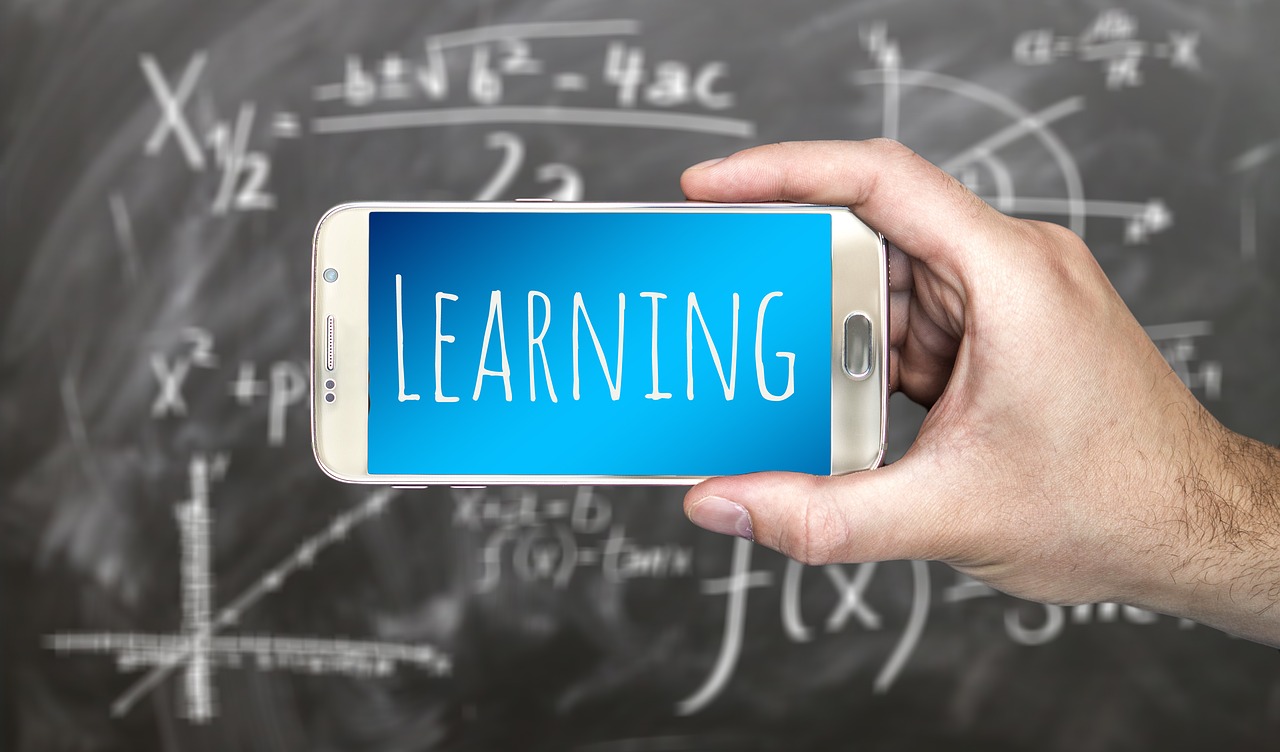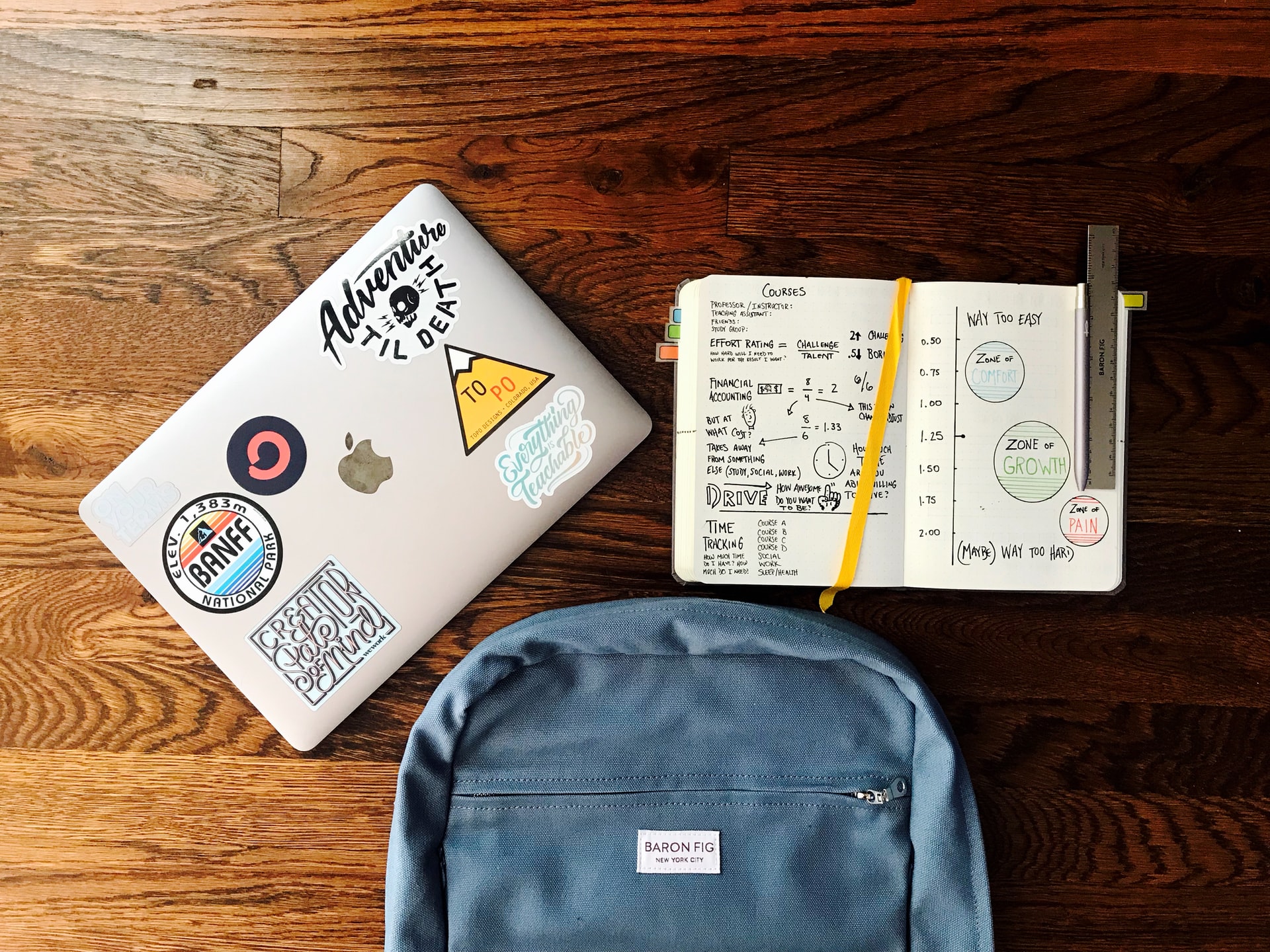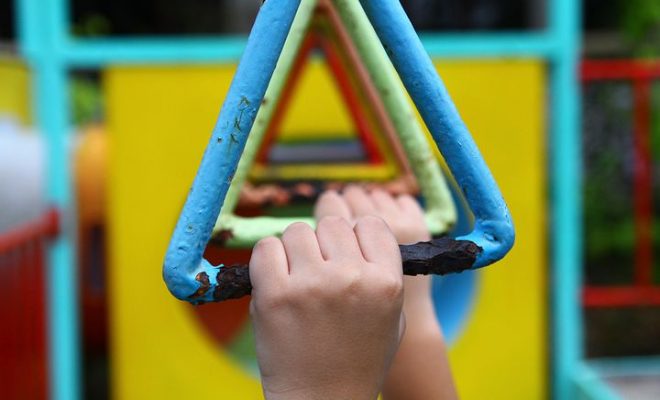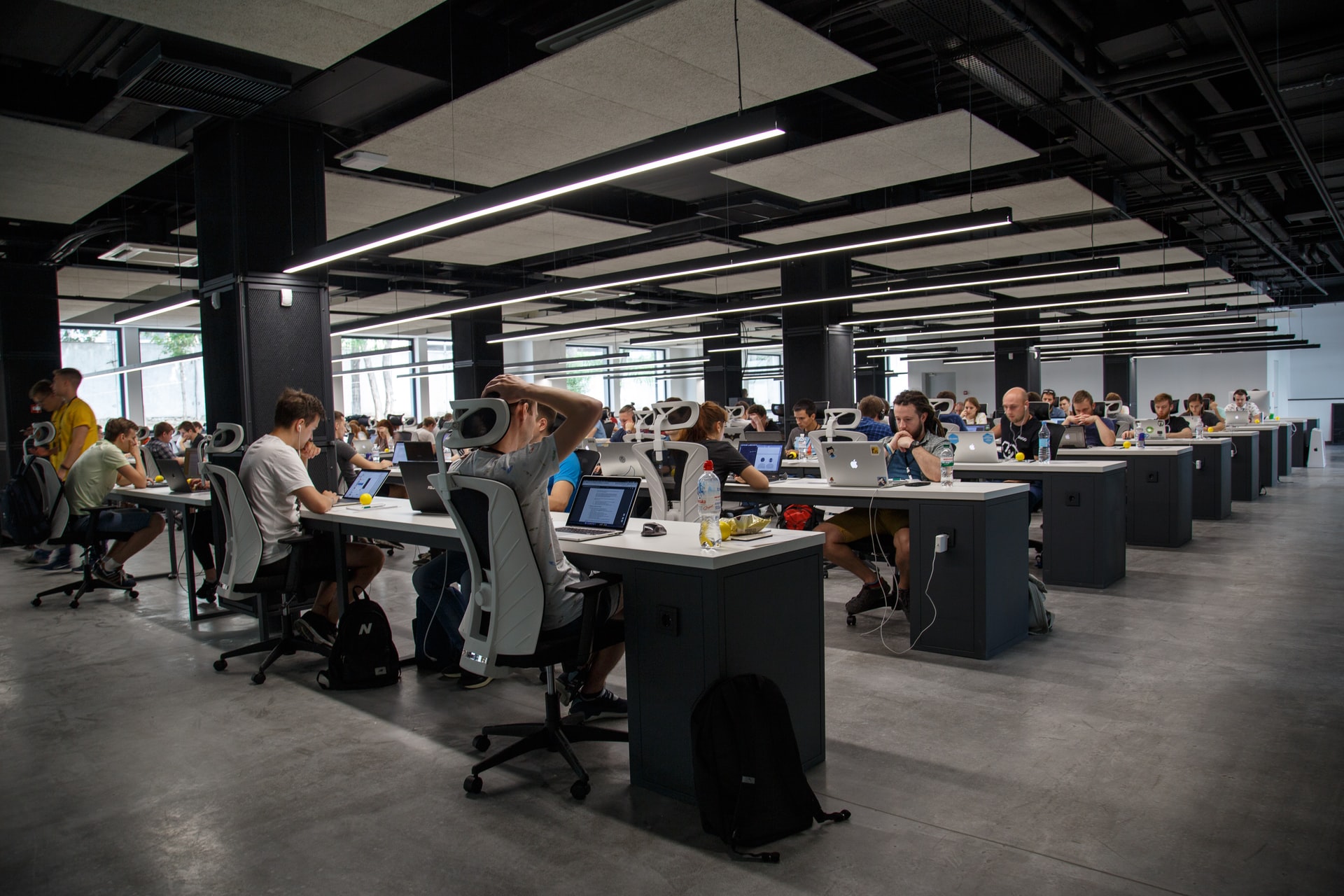Deciding What to Learn

For any student, learning what to learn is probably the most vital skill. When students know how to store and retain information in a way so that it can be retrieved consistently and reliably later, they can efficiently study and learn new skills and facts. It also helps them perform well on different performance parameters in education, including tests. Learning what to learn is a method to examine the abundant supply of information to identify the necessary or relevant facts. While there’re different ways to learn, not all of them work equally for all people.
In this article, we’re going to discuss three of the most effective ways to learn, as mentioned in a course by Coursera. Some of these ways work well together, and students should use them simultaneously.
- Practice Different Ways at Different Times
One of the highly effective ways to retain information or actually master a skill is to absorb the information in many different methods at different times. This means students should sit and study for some time to learn something rather than sitting down for a long time and studying a course material for several hours. Then they should use flashcards with the information the other day, play games or take practice quizzes on the subject later on, teach the topic to another student, and so on.
- Prioritize the Learning Process Instead Of the Result
Students often get overwhelmed when they’ve got lots of work to do. Focusing on the process of finishing the work instead of trying to complete it as soon as possible is a useful method to retain the information. As stated in an article by Medium, this tactic is particularly useful for students who habitually push studying or projects off as long as they can and only need to gather the inspiration to get started. Dedicating a pre-decided amount of time to a particular task is an effective method to prioritize the learning process over the final result. For instance, if a student needs to read three different chapters for three different classes, finish fifty math problems, and write an essay, the student can set a timer for one and a half hours to finish the math problems. Rather than trying to get everything done, this tactic helps students actually finish the tasks without feeling pressurized. This also makes it more convenient for them to absorb the information they find throughout the process.
- Over-learn
Sometimes, students think that there’s nothing left for them to know about a specific skill or subject. However, they can always learn something more about that skill or subject. As stated in a Harvard Business Review article, overestimating proficiency can strictly limit a person in the context of learning. For instance, students may think that they know all about a subject covered in class by going through their notes, but then they get surprised when they don’t receive a passing grade on that class’s test. As they didn’t have the realization of what amount of information they had to absorb, they may haven’t cared to thoroughly process the information, read the study guides provided by the teacher or professor, or go through the study materials for the class to produce answers to questions that require critical thinking on the topic.
There’re also many other methods of learning what to learn. However, by practicing the ways mentioned above, students can sharpen their skills to transform learning into an enjoyable and more productive experience. They’ll have less stress over assignments and retain information better while improving their performance at work and school. Learning more efficiently can help students become passionate about lifelong learning.






